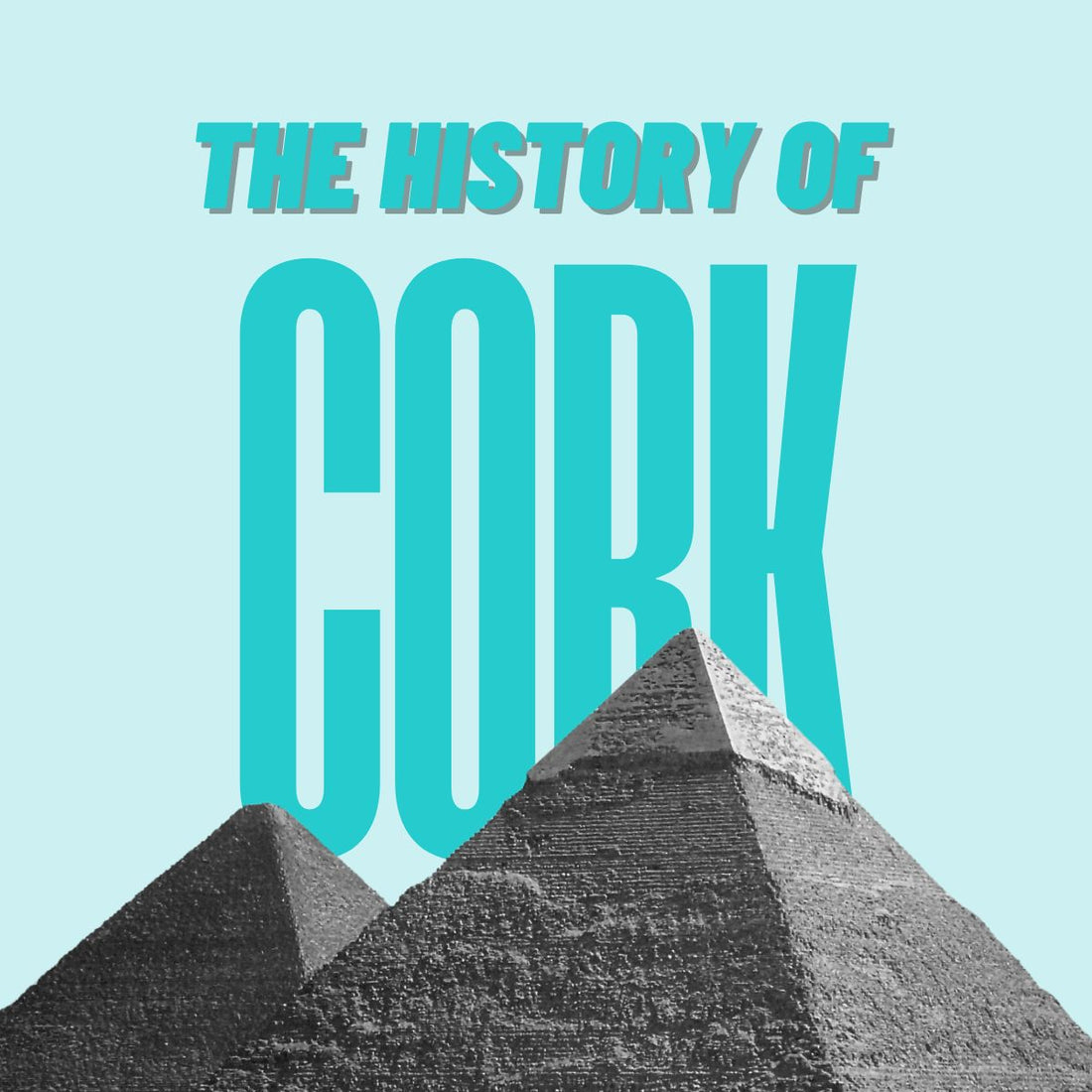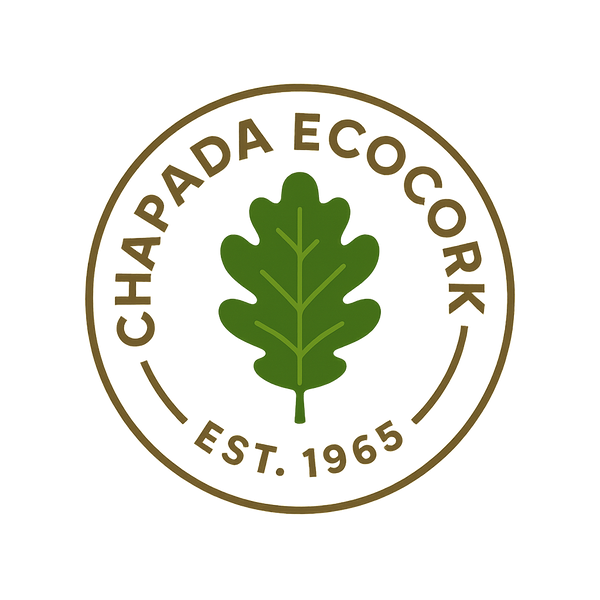
A Journey Through Time: The Fascinating History of Cork Material
Share
In a world of constant innovation and modern materials, it's remarkable to think that a simple substance like cork has stood the test of time. Known for its versatility and unique properties, cork has been utilized by humans for centuries, leaving an indelible mark on various industries and everyday life. Join us as we embark on a journey through the rich history of cork material, uncovering its origins, evolution, and enduring significance.
Ancient Origins
The story of cork begins in ancient times, where it finds its roots in the Mediterranean region. The Phoenicians and ancient Egyptians were among the first civilizations to recognize the exceptional qualities of cork bark, using it for fishing floats, sandals, and even as a sealant for their boats. The Greeks and Romans also embraced this natural material, employing it in a wide array of applications, from stoppers for wine vessels to insulation in buildings.

Renaissance and Expansion
The popularity of cork material waned during the Middle Ages but experienced a resurgence during the Renaissance. The expanding maritime trade routes played a significant role in its revival. Portuguese explorers, such as Henry the Navigator, began exporting cork products to other parts of Europe, leading to its increased demand. This expansion of trade fueled the development of cork forests and plantations, primarily in Portugal and Spain, which remain the primary sources of cork today.
Industrial Revolution and Innovations
The advent of the Industrial Revolution in the 18th century marked a turning point for cork material. As technological advancements accelerated, so did the applications of cork. Inventors and entrepreneurs discovered new ways to harness its properties. In 1821, an Englishman named John Boadle patented the first corkboard, made by compressing small cork granules into a solid sheet. This innovation opened the doors to a myriad of new possibilities for cork as a building material, insulation, and soundproofing agent.
Wine Industry and Cork Stoppers
The 19th century witnessed another pivotal moment in the history of cork material—the rise of its association with wine stoppers. The remarkable elasticity, resilience, and impermeability of cork made it the perfect choice for sealing wine bottles. Cork stoppers gained worldwide recognition as the preferred closure for wine, protecting the precious liquid while allowing it to age gracefully. This association led to the establishment of cork forests as protected areas, ensuring sustainable harvesting practices to preserve the ecosystem.

Modern Applications
Fast forward to the present day, and the versatility of cork material continues to amaze. Its unique cellular structure, composed of millions of air-filled cells, makes it lightweight and buoyant. Cork has found its place in numerous industries, including construction, flooring, fashion, automotive, and aerospace. The cork industry has also expanded beyond traditional uses, with designers incorporating cork into furniture, accessories, and even fashion garments.
Environmental Sustainability
One of the most remarkable aspects of cork material is its sustainability. Cork is harvested from the outer bark of the cork oak tree (Quercus suber), a process that does not harm the tree and allows it to regenerate. The extraction of cork is manually performed every nine years, ensuring the long-term health and vitality of the cork forests. This sustainable practice has made cork an eco-friendly alternative to synthetic materials and plastics, contributing to the preservation of biodiversity and the reduction of carbon emissions.

The history of cork material is a testament to its enduring value and adaptability. From ancient civilizations to modern times, cork has played a significant role in various industries and everyday objects. Its remarkable properties, sustainability, and aesthetic appeal continue to captivate designers, architects, and consumers alike. As we move towards a more sustainable future, the remarkable story of cork material serves as a reminder of the potential of natural resources and
